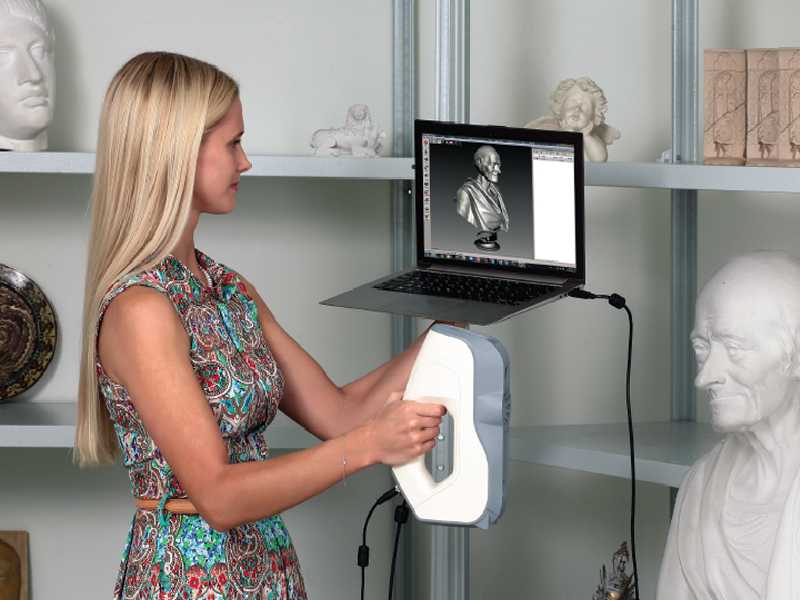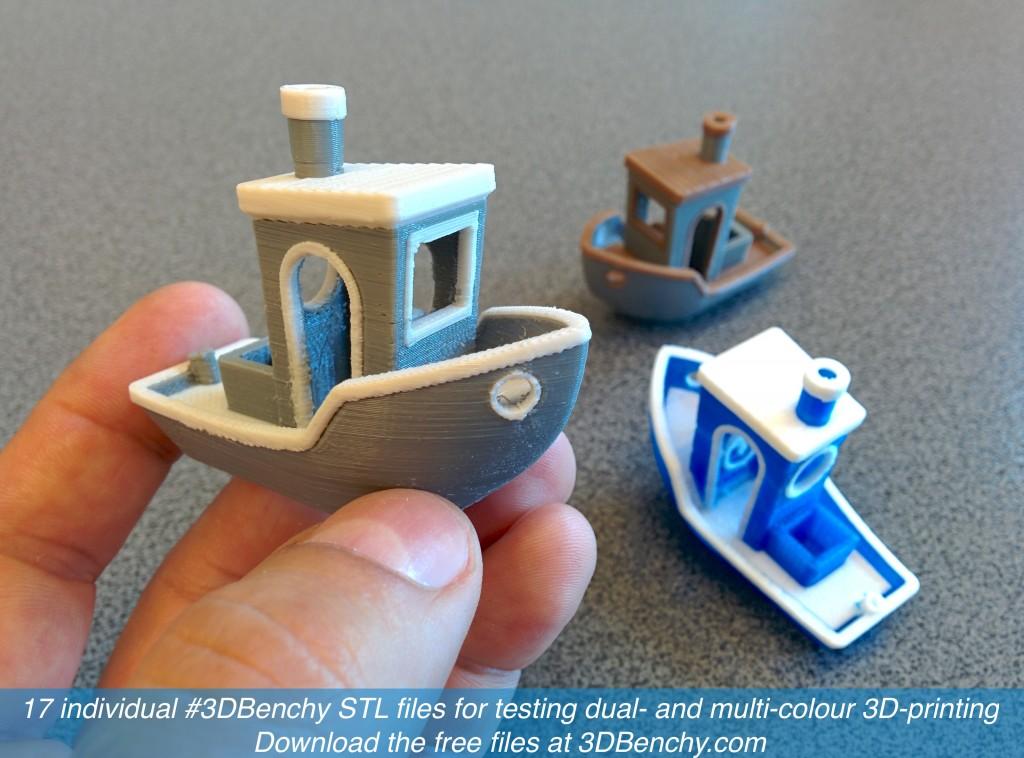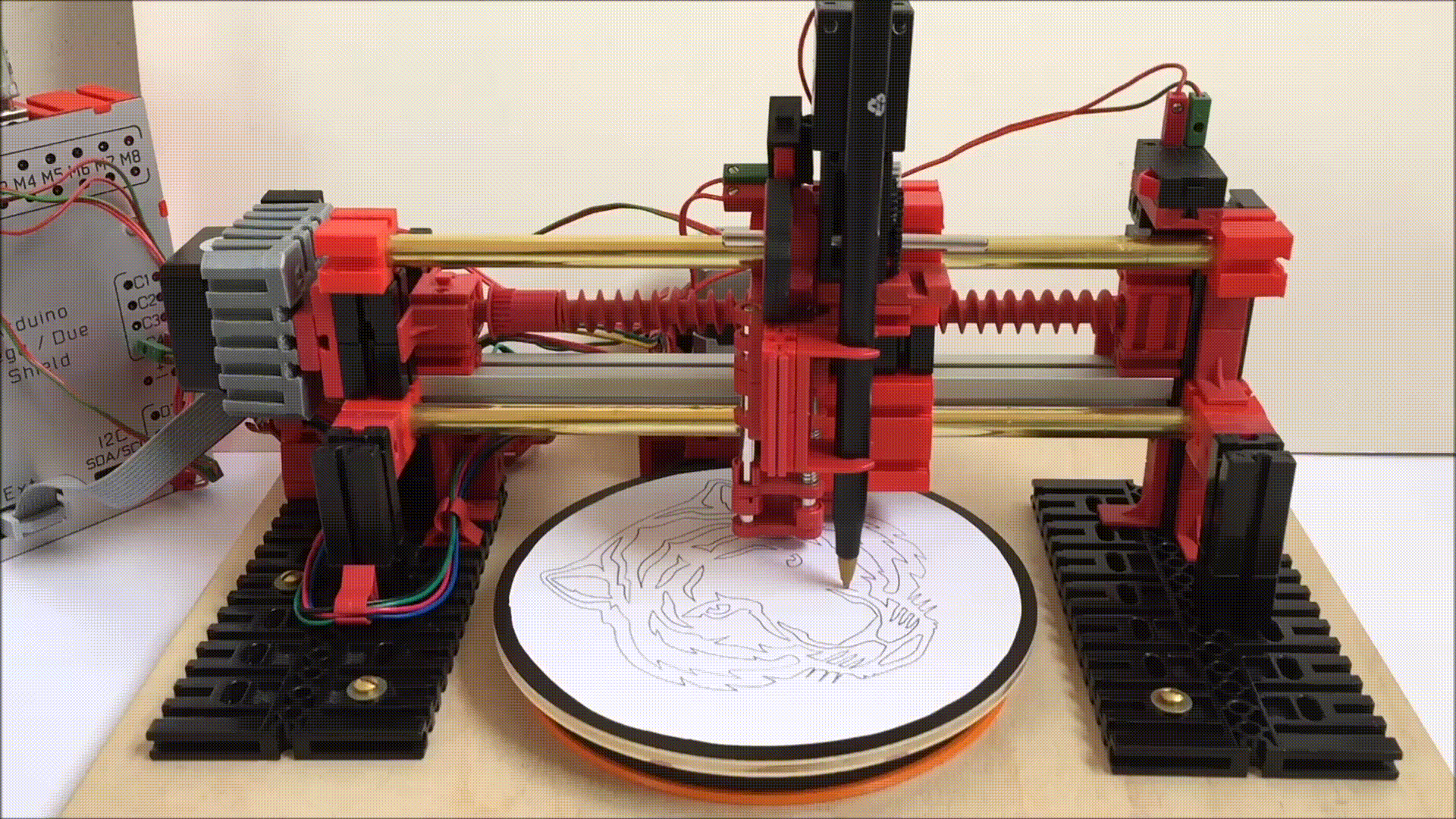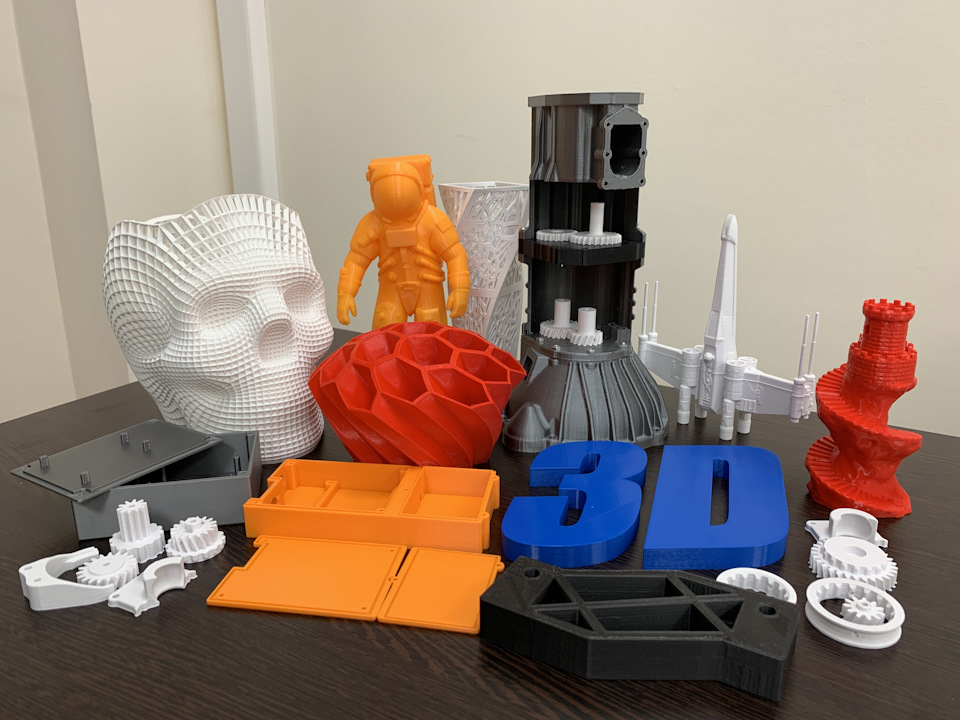Styku 3d body scanner accuracy
A 3D Body Composition Scanner Comparison
As people draw away from basing their fitness goals only on weight, 3D body scanning has grown in popularity. Many gyms and personal trainers offer body scanning as part of progress tracking.
People prefer body scanning because it allows them to get a deeper picture of what’s going on inside their bodies. Instead of basing their goals simply on weight, people can base their goals on body fat percentage and muscle mass growth.
Different body scanners work to measure parts of the body and use their specific equations to determine body fat percentage.
One other very popular body scanner is InBody. Let’s see how it differs from Styku for 3D body scanning.
How the InBody Machine Works
The InBody uses bioelectrical impedance analysis (BIA) to measure people’s body fat, muscle mass, and body water.
BIA works by sending small electrical currents through the body with electrodes and measuring the impedance it gets in return.
How BIA Measures Body Fat
Through a combination of measuring resistance and reactance, BIA determines what percentage of the body is fat, muscle, and bone. It does this by measuring the amount of water in certain parts of the body.
Water is very conductive, so the more water there is in a part of the body the easier the electric current can move through it. Muscle holds more water than fat. So, if a current moves easily, that means there is more muscle. On the other hand, if the current finds resistance, it’s because of fat in the body.
BIA machines like InBody use that information to measure a person’s body fat percentage.
InBody uses eight electrode spots to measure resistance. There are two spots positioned on each hand and foot, which makes it easy to use for repeat scans in gyms or offices.
Complimentary to BIA Measurements
Most methods of BIA measuring involved taking a person’s weight, age, and other factors into consideration because water resistance measurements weren’t as accurate.
InBody still uses these methods, but scan accuracy mostly is attributed to multiple points of electrodes and multi-frequency measurements without using other biased personal factors.
Who Is InBody For?
InBody tests tell you what your weight means, as opposed to simply how much you weigh. It helps you to understand your weight and get a more accurate idea of your health.
Many personal trainers and fitness experts track their clients’ health and progress through body percentages. That way, people can easily focus on fat loss and muscle gain percentages, rather than simply weight loss.
Personal trainers, nutritionists, and healthcare professionals can use InBody scan results to make their programs as effective as possible.
Understanding InBody Results: Composition Analysis
For body composition analysis, InBody measures the value of different parts of the body, which is a result that gives the person’s weight.
InBody gives the value of total body water (TBW), protein, minerals, body fat, and total weight.![]() InBody determines how much of your body weight is water, which usually accounts for 60% of the total body weight.
InBody determines how much of your body weight is water, which usually accounts for 60% of the total body weight.
Protein is an important part of muscle growth, so a lack of protein in the body usually means a lack of muscles or poor nutrition.
InBody measures two kinds of minerals. One kind of mineral is in bone mass, and the other mineral is in all other parts of the body. By looking at these values, you can determine if bone minerals are too low, which is a sign associated with osteoporosis.
Understanding Muscle to Fat Ratio Analysis Results
People who use InBody to track their weight loss progress, appreciate getting the muscle to fat ratio measurements. BMI measurements alone don’t give the most accurate depiction of a person’s true weight.
For example, since muscle weighs more than fat, someone with a lot of muscle and little body fat could be considered overweight by BMI standards. With InBody results, you can see what your total body weight means.
How Does Styku 3D Scanning Work?
Styku machines do not use the same BIA measurements as the InBody. Instead, the machine takes multiple infrared scans within a few seconds to form a virtual 3D model of your body.
Styku measures body circumference and uses a complex equation to calculate an accurate prediction of body fat percentage. The equation Styku uses comes from scan comparisons done with DEXA scans.
DEXA scanners are the most accurate depiction of body composition that’s easier to access than a CAT scan and not as evasive as bloodwork. In one test, hundreds of participants got DEXA body composition scans and Styku circumference scans.
Each scanning method predicted body fat percentage, and testers compared the results. Through these comparisons, testers found correlations between DEXA scans and body circumference scans.
Now, a Styku body scan gives you a body composition result that’s comparable to the result you’d get from a DEXA scan. Only, a Styku scan takes only 35 seconds to complete. It saves consumers time and money without sacrificing knowledge.
Only, a Styku scan takes only 35 seconds to complete. It saves consumers time and money without sacrificing knowledge.
What’s a Styku Scan Involve?
Getting a Styku scan is easy. As mentioned before, it takes less than a minute to complete. To complete a scan, you stand on the Styku turntable in a relaxed stance with your hands slightly out the side.
The turntable rotates a few times while it takes 600 infrared images. These images contribute to an inclusive 3D model that includes body composition. Then, customers can see how the circumference of their body has changed over time.
Who is Styku Scanning For?
Styku is a great tool for tracking personal progress. The 3D body scans allow for customers to get a better perspective on how much their body has changed since they started working out or eating healthier.
With the advantage of seeing themselves from the outside, individuals maintain motivation and continue to make progress. For that reason, the Styku is a perfect addition to any gym, especially one with personal training programs.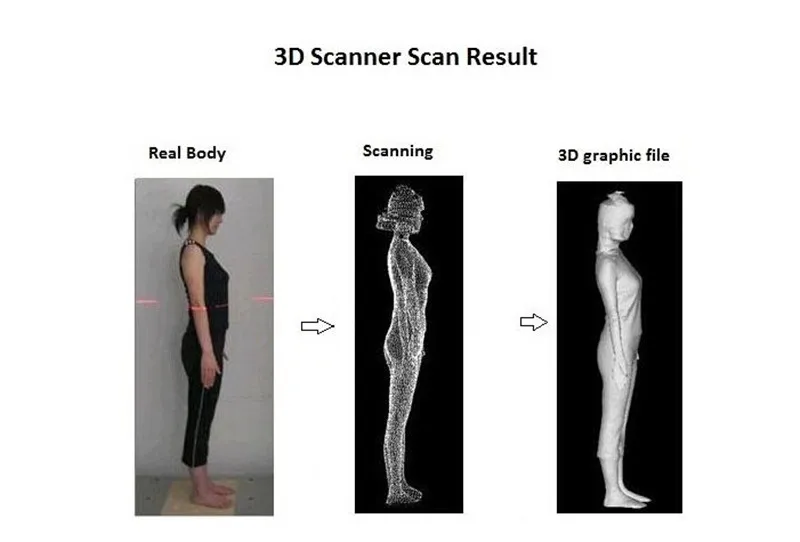
Many gyms find that customers appreciate training programs that offer body scanning to track progress.
Understanding Styku Scanner Results
Styku results present themselves in 3D form. But, it also offers recommendations for how to improve body fat percentage.
The body fat analysis results let clients compare their body fat percentage to others in their same age and gender category.
There’s also a scan history section that allows customers to see a graph that documents each of their scans and the dates. They can also see side by side comparisons of each of their 3D scans.
The Styku system also lets customers set body fat percentage loss goals for themselves. Once they set a goal, the system will give them an estimated date for when they’ll complete their goal at the rate they’re currently going.
Along with setting fat loss goals, the scanner also gives customers an idea of what their calorie intake should be each day to meet their goals.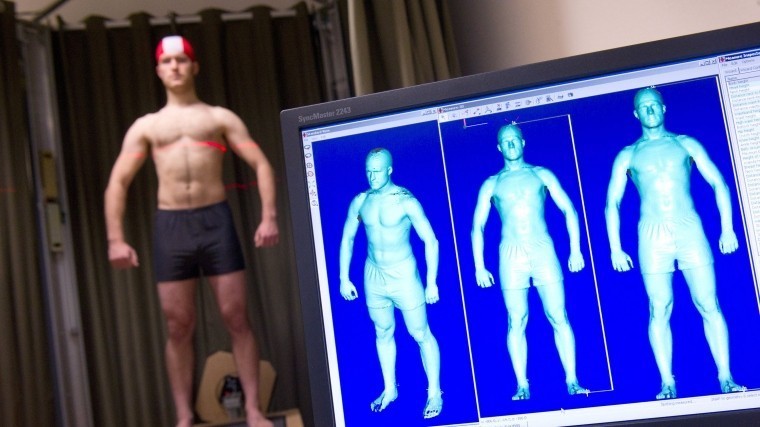 Styku gives you a calorie intake based on how much energy it expects you to expend.
Styku gives you a calorie intake based on how much energy it expects you to expend.
It’s a great motivational tool because it allows clients to see first hand that if they don’t stick to their rules, they won’t reach their goals how they want to.
What Body Scanners Cannot Do
Getting a better picture of your body composition helps with training and progress tracking. But, it’s important to note that body scanners don’t give a full health picture. They don’t supplement for regular doctor visits and health screenings.
There’s no health scanner on the market other than a CAT scan that gives healthcare professionals enough information to diagnose and treat health concerns.
InBody vs. Styku: Which is Right for You?
If you’re considering purchasing a body scanner for your clients or personal use, the right machine makes a big difference. InBody machines are great for people working with a focus on nutrition. On the other hand, Styku scanners offer many features that personal trainers and gym users appreciate.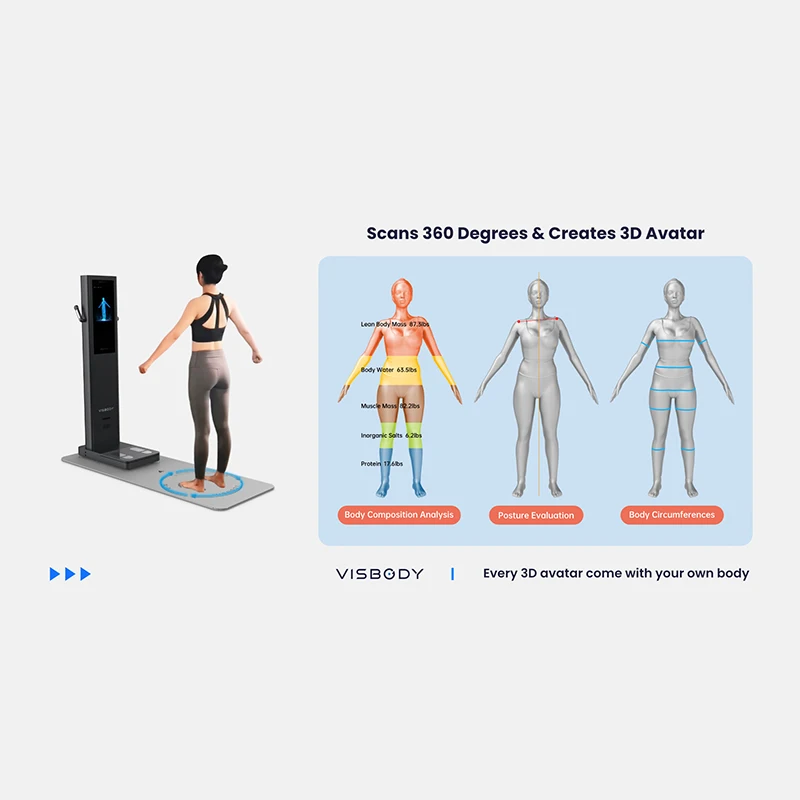
InBody scanners offer great comprehensive body information that works well in addition to other medical tests and scans. Styku focuses more on the individual goals and perspectives of clients.
Anyone with an electronic device, such as a pacemaker, can’t use the InBody scanner because it could disrupt the device’s functions. On the other hand, Styku uses harmless infrared lights. So there’s no risk of harming someone with its use.
No matter which machine is the best for your business or personal use, they both offer great features that everyone finds beneficial to meeting their health goals.
Find a Styku Scanner Near You
Many gyms around the country have already implemented 3D body scanners for their clients. You can visit the Styku website here for a map of gyms in your area with access to a Styku body scanner.
The differences between Styku 3D body scanners and InBody scanners make for different use-cases. Hopefully, this article helped you determine which machine is right for you.
For more information about acquiring a Styku 3D body scanner at your gym, contact us.
3D Body Scanners vs. Body Fat Calipers Which is Better
One of the best ways to have honest and productive conversations about a client's overall health is to show them an analysis of their body composition. This analysis determines how much of their body is fat and how much is muscle. The results of these analyses can be used to create personalized fitness plans that drive the results that your clients want to see.
But how do you go about acquiring a body composition analysis? The two most popular and effective tools to do this are body fat calipers and 3D body scanners.
The battle of 3D body scanners vs. body fat calipers can be a tricky one to wade through. But once you understand what each instrument actually is, how they work, and the pros and cons of each, you can make an informed decision about which instrument is right for your gym.
What Are Body Fat Calipers?
A body fat caliper, or skinfold caliper, is a device that measures the thickness of subcutaneous fat.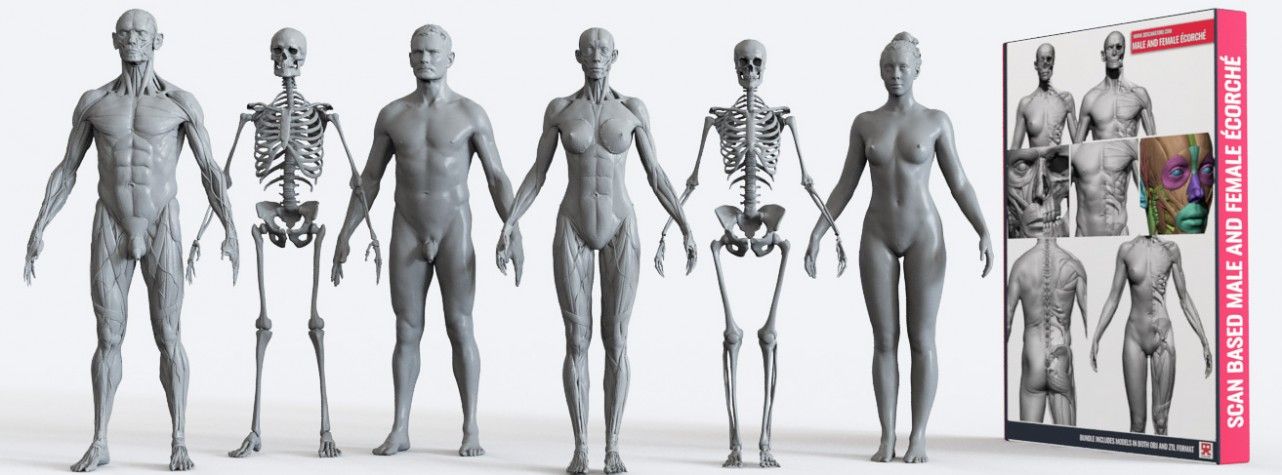 That's the fat that lays just beneath the skin.
That's the fat that lays just beneath the skin.
Measurements are taken at three to seven sites on the body. The three-site method is the most popular. These sites differ slightly between men and women.
For a three-site measurement in women, measurements are taken at the triceps, suprailiac (also called the iliac crest), and the front of the thigh. For a seven-site measurement, the chest, areas near the armpit, and areas beneath the shoulder blade are also measured.
For a three-site measurement in men, measurements are taken at the chest, abdomen, and front thigh. For a seven-site measurement, additional measurements are taken at the triceps, the areas beneath the scapula, the areas near the armpit, and the areas beneath the shoulder blade.
After the measurements are taken, the results are plugged into an equation or calculator. The final read-out provides a relatively accurate estimate of an individual's total amount of body fat.
This process must be completed by a trained professional in order to ensure accuracy.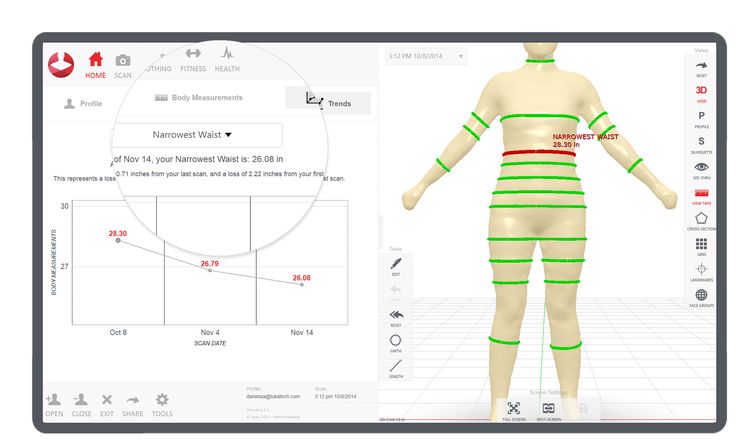 There are many variables that come into play when taking skinfold measurements. The person administering the test must know how to do it properly.
There are many variables that come into play when taking skinfold measurements. The person administering the test must know how to do it properly.
Pros
Using body fat calipers offers people a much better assessment of their overall health than a scale or BMI results. They are also a very reliable way of measuring body fat change over time.
This is incredibly useful for people who are embarking on fitness journies and need to see numerical results of their efforts. If a trainer can show someone that their body fat numbers are going down, they will be more motivated to continue working out.
Measuring the thickness of subcutaneous fat is particularly useful for bodybuilders and people who are exercising to achieve a particular body image. Fat that lies directly beneath the skin is typically the type that people want to trim down.
Skinfold calipers are also relatively inexpensive and portable. They typically cost between $100 and $500, depending on the model.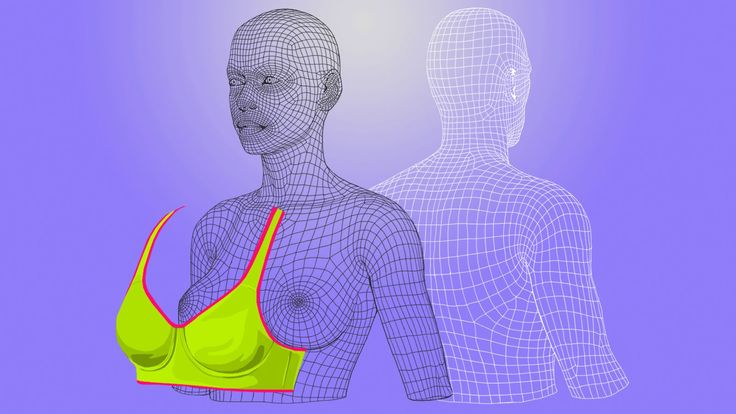
Cons
Body fat calipers only measure an individual's subcutaneous fat. They are not able to provide a total assessment of their body composition.
What's more, they are only able to make a prediction of body fat. This prediction heavily relies on the person's age. The three-site Jackson-Pollock Equation makes inherent assumptions about the effect age may have on body density.
Body fat calipers' accuracy also has a 5% error rate. The results are heavily influenced by the person administering the readings. That person must be extremely precise when taking the measurements
Each measurement site must be located exactly and marked with an X to ensure proper jaw placement. You can't eyeball the location. The person administering the test must use a tape measurer to locate each site.
This is only the first hurdle. There are also variances between how the jaws of the caliper must be placed on each skinfold.
For example, when pinching the shoulder blade site, the upper jaw must be placed directly on the X mark. With the tricep pinch, both jaws must be placed on either side of the X. These differences may seem small, but they can drastically affect the final results.
With the tricep pinch, both jaws must be placed on either side of the X. These differences may seem small, but they can drastically affect the final results.
The CDC's guidelines for using body fat calipers specify that readings can only be taken after pinching the skin, holding it, and waiting three seconds. If the person administering the test doesn't follow these guidelines exactly, it can further skew the results.
Caliper equations also make a lot of assumptions about body fat distribution. Particularly, how much of the body fat is made up of subcutaneous fat and how much is comprised of visceral fat (the fat that lies between your abdominal organs).
With the rise in obesity, these assumptions have become increasingly inaccurate. This is particularly true for people who are overweight.
What Are 3D Body Scanners?
As the name would suggest, 3D body scanners are a new technology that scan's a person's entire body in a 360-degree view.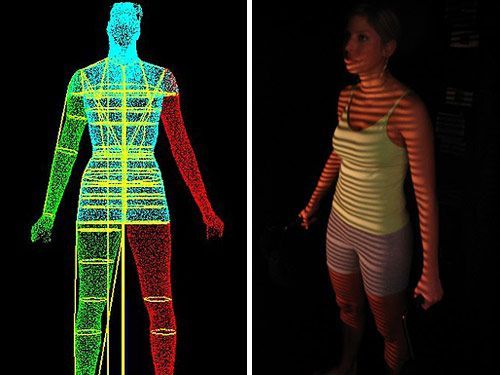 It uses those scans to create a complete 3D image of the person. This image is used to analyze their body composition.
It uses those scans to create a complete 3D image of the person. This image is used to analyze their body composition.
To use a 3D body scanner, a person steps on the rotating plate and holds still for 35-45 seconds. The body scanner uses digital tape measures to record body mass and measure body fat composition.
The scanner creates a 3D avatar of the person that they can use to see their exact measurements. It also displays metrics such as body fat percentage and lean muscle mass. These readings are used to create a targeted workout and diet plan.
Repeated body scans allow clients to see their physical development in real-time. It analyzes the body's entire composition to provide a holistic look at a person's physical health.
Pros
A 3D body scanner's accuracy is significantly higher than that of body fat calipers. They can calculate total body composition with an error rate of only .5%. This is drastically lower than skinfold calipers' rate of error.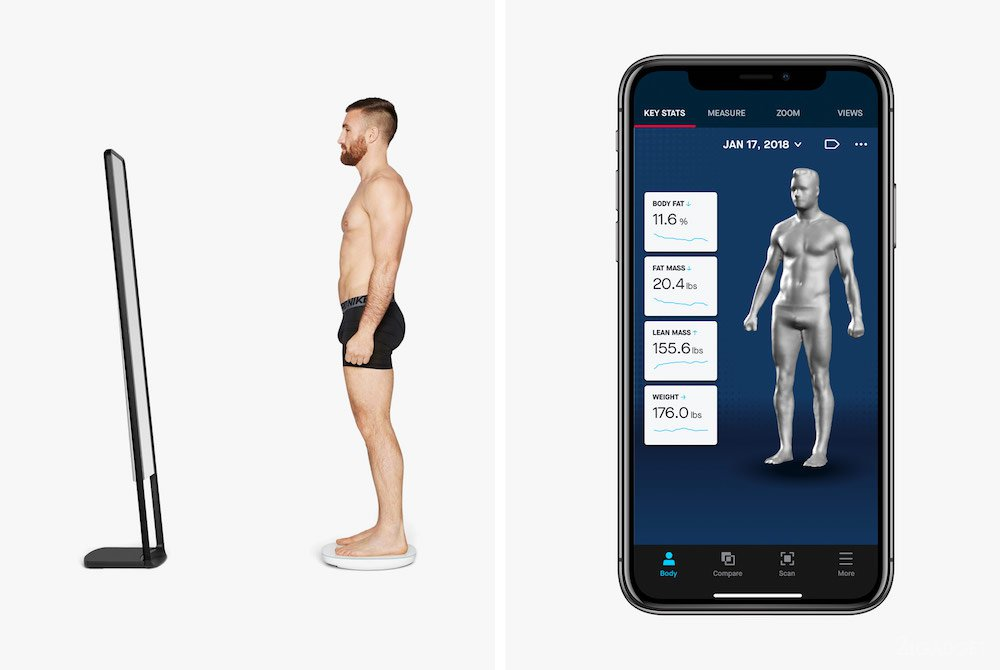
Body scanners are also significantly less invasive than body fat calipers. To have an assessment done with calipers, clients have to strip down to their underwear and let a professional circle their body and pinch skinfolds. For customers who are self-conscious about their bodies, this can be an incredibly intimidating process.
3D body scanners can be used without clients stripping down. Form-fitting clothing works best for accuracy and helps customers feel more comfortable with the process.
Our body scanners also have a self-scanning mode. This allows clients to scan themselves without a professional in the room with them. It allows an extra level of privacy for those who desire it.
Once the scan has been completed, the client is then presented with an interactive 3D representation of their body. Coaches can rotate, pan, and zoom to view the body from any angle. This is a more engaging and visual tool to use when having conversations with clients about their fitness.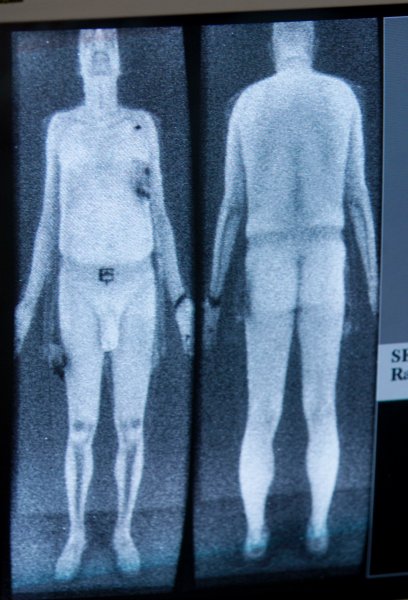
Body scanners also tell users the exact type and location of their body fat. The system can illustrate how fitness and nutrition programs impact their overall body composition. Trainers can use these results to build customized workout and nutrition plans to target specific areas where body fat is present.
Our body scanners are also lightweight and portable. You can pack them up and take them to other locations. This frees you from the restriction of operating in a single facility and allows you to perform fitness assessments wherever you want.
Cons
When it comes to body scanner pros and cons, the price point tends to be the biggest issue for fitness center owners. 3D body scanners can be a costly investment. It's up to you to decide whether that investment is worth it for your fitness center.
Many gym owners chose to charge clients for body scans. Typically, the options are to have a body scan done individually, or have it included in a personal training package. The price can turn some clients away, particularly those who don't want to spend more than they have to at the gym.
The price can turn some clients away, particularly those who don't want to spend more than they have to at the gym.
Analyzing the readout of a body scanner also requires training. You need a coach who understands what the numbers mean and how to communicate the scanner's information to your clients. Fortunately, this training is typically very intuitive and easy to complete.
3D Body Scanners vs. Body Fat Calipers
If you are looking to provide body composition analyses to your clients, 3D body scanners or body fat calipers are the two best options.
Skinfold calipers are a less expensive option but rely heavily on outdated assumptions to make their equations work. They must also be operated with extreme precision in order to ensure accurate results.
3D body scanners come at a significantly higher price point but are much more accurate than body fat calipers. They provide a more interactive and holistic look at an individual's overall body composition.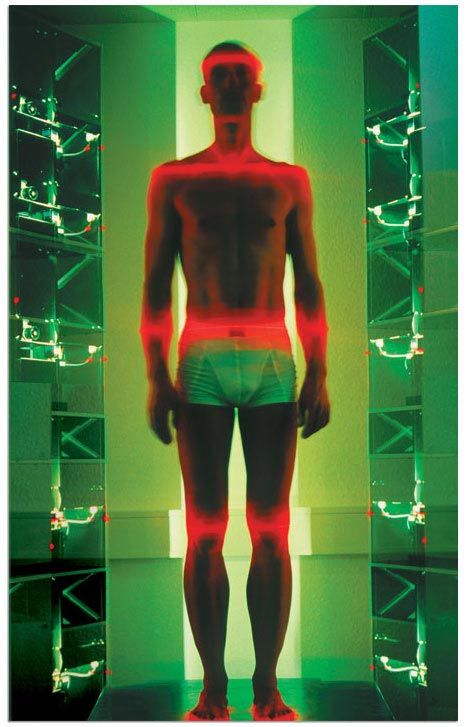 The results of 3D body scans can also be used to customize fitness plans for your clients.
The results of 3D body scans can also be used to customize fitness plans for your clients.
In the battle of 3D body scanners vs. body fat calipers, you're the one who gets to decide the victor. At the end of the day, you have to make the decision about which instrument is right for your fitness club.
Now that you know how each instrument works, as well as the pros and cons of each, you can make the best and most informed decision for your gym. For more tips on running your fitness center, check out some of our other articles today.
To be in 3d or not to be? How I Scanned and 3D Printed Myself / Sudo Null IT News -printing service appeared (it all started in Japan in 2012) for the manufacture of 3d figures.
In the cinema, 3d printers flashed in the TV series "Elementary" (where the villain printed the liberator, but on Habré
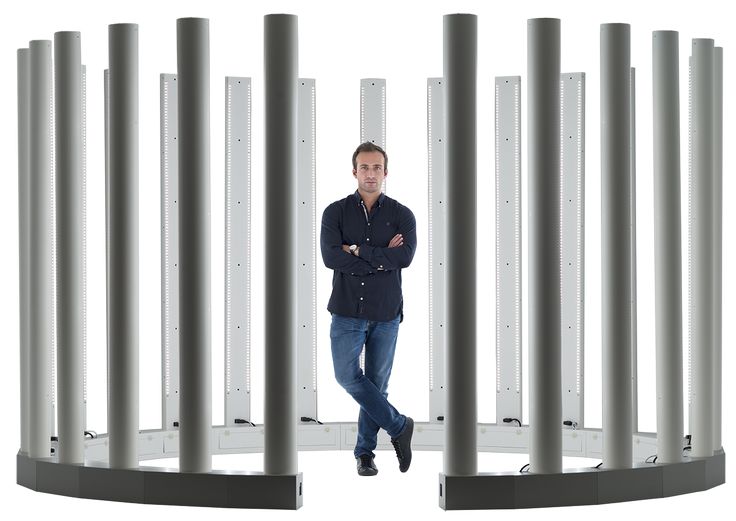
In pursuit of the post that it is worth developing various 3d services in Russia, I want to share how the process of creating 3d figures goes from and to.
So, I went to visit the guys on Tsvetnoy Boulevard and the conquest of the 3rd dimension began.
Scanner
Scanning is done with the Artec Eva 3D scanner. nine0007 The scanner consists of cameras and a backlight, and the 3d image is "generated from photographs"
Specifications
Texture reading capability - yes
3D resolution - 0.5 mm
3D degree of accuracy - 0.1 mm
3Ddegree of accuracy at a distance, up to - 0.15% per 100 mm
Texture resolution - 1.3 MP
Color - 24 bit
Parallel processing - yes
Performance - 40,000,000 polygons per 1GB RAM
Output format OBJ, STL, WRML, ASCII, AOP, CSV, PTX
Less than 1 minute calibration, no special equipment required
Acquisition rate, up to 288,000 points/sec
Exposure time - 0.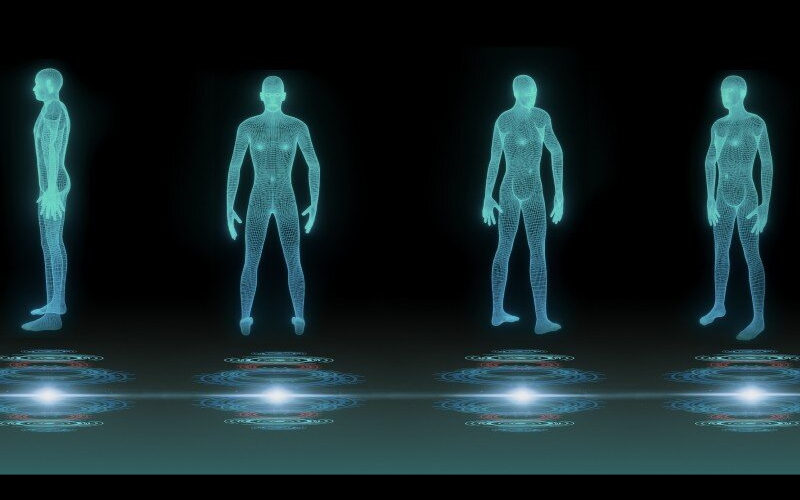 0002 sec
0002 sec
5
Video shooting rate, up to 16 fps
Working distance 0.4 - 1 m
Light source - flash lamp (not laser)
Other:
Dimensions, HxLxW - 261.5 x 158.2 x 63, 7 mm
Weight - 0.85 kg
Power consumption - 12V, 48W
Minimum system requirements
IntelCore 2 duo, 2Gb RAM, NVIDIA Quadro/GeForce 9000
ATTENTION! look under the spoiler is worth mental health:
Price
Scan
Scanning takes approximately 10 minutes.
It usually takes place on a turntable, but it is possible that the operator runs around you.
Scanning looks like a bunch of camera flashes (see video at the end of the review)
Editing takes a maximum of an hour if the demanding user asks to "reduce the stomach" or "remove the wrinkles" in various places.
The editing software is included with the scanner.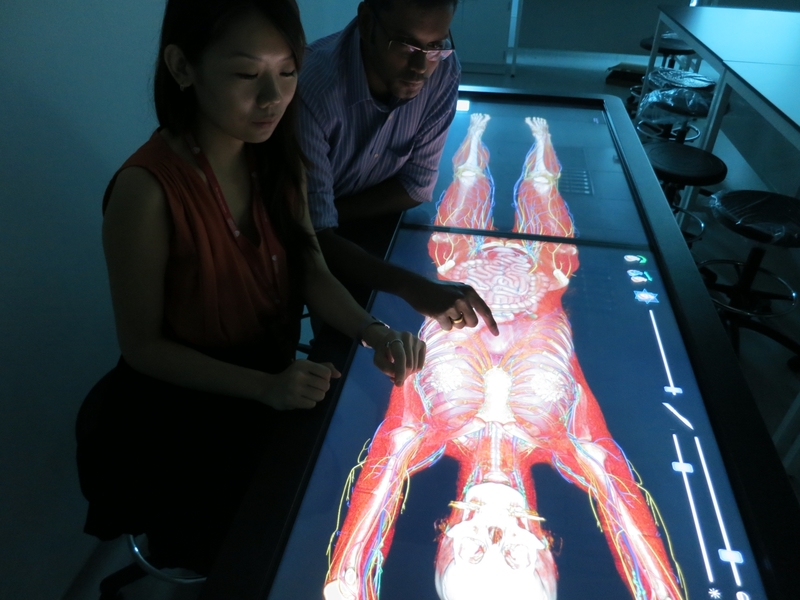
Remarkably, texture processing is possible with space resolution:
A lot of operations are required.
Printer
My first impression is that the printer is a mixture of a giant inkjet, bread maker and vacuum cleaner. nine0005
The printer weighs 340 kg, and lives its own life, sometimes it turns on and cleans itself.
The printer requires constant connection to the network.
Layer thickness - 89-102 µm
Print speed 2-4 layers per minute
For scale - a living girl:
Consumable - plaster from which the model is printed:
Print head ("head"):
with ink :
Print head ink supply:
CAUTION! Looking under the spoiler is worth mental health:
Price
A little video
Control and preview program
Preview in multiple projections.
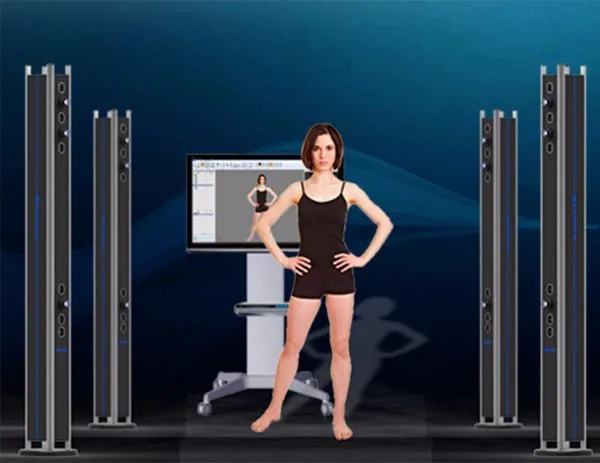
Estimated print time and display of the current print layer.
First, a thin layer of gypsum powder is applied to the base. After that, the print head applies a special resin that glues the plaster in the right places, and ordinary ink. Then the next layer of gypsum is applied, and so on. nine0005
After printing, excess plaster is removed with a special vacuum cleaner, and from hard-to-reach places with compressed air.
237 (out of 525) print layer as the program displays:
237 layer in reality:
After the printer has completely printed the model, it takes some time to dry.
1.5 hours have passed, now we will “pull it out of the oven”:
Remove excess gypsum using the “suction” method:
Gypsum is re-cleaned / filtered and goes to work.
Now we remove the excess by blowing:
There are 2 holes at the bottom - we also blow plaster of paris out of them - the figurine is hollow inside
They cover me with cyanoacrylate ("fixer"):
Dry for half an hour - and into the hall of fame:
7
Examples of works
7 To capture a memorable moment, a memorable form.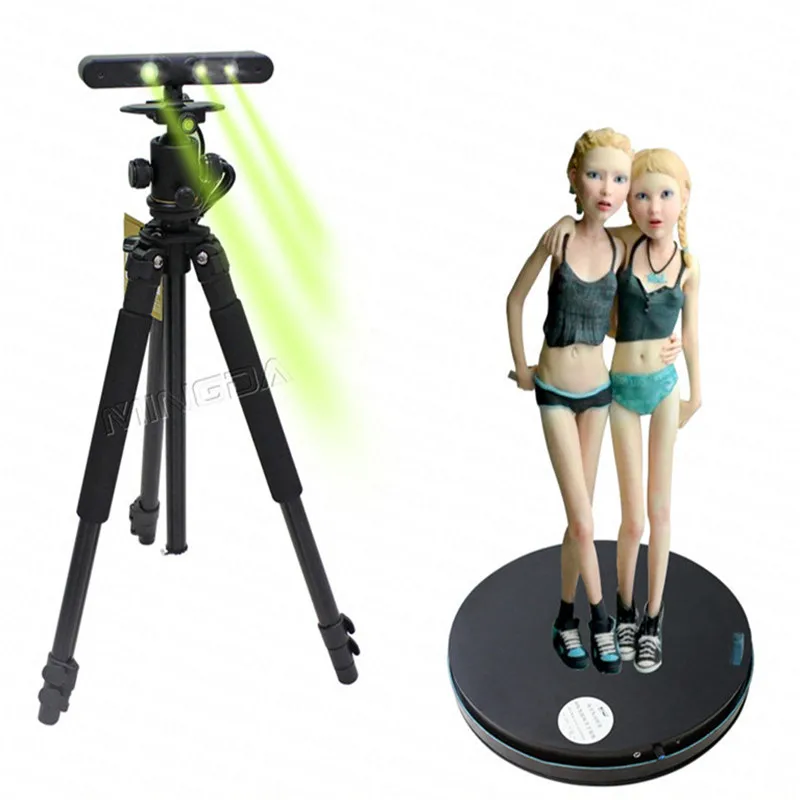 nine0005
nine0005
You can experiment with the design.
In my opinion, the most original figure.
The quality allows you to print even small clothing patterns.
Output
While playing Quake2, I wanted to make a skin with my face.
Not far off is the stage when, along with photo albums, there will be 3d albums.
So far, the figurines cause a wow effect, which you can use and make a cool gift. nine0005
P.S.
http://www.youtube.com/watch?v=r275xUdBgwQ
3D metal printing in prosthetics | 3D printing and additive technology news
Metal 3D printing is the best choice in cases where the main qualities of the product should be strength, stability and reliability, and if the product has a complex geometry, there are simply no alternative production methods. In this regard, metal printing is actively used around the world in bioengineering, aeronautics, astronautics, architecture, prosthetics, and so on. Completely different materials can be used for 3D printing, from soft plastic to titanium, each depending on the purpose of the part or product. nine0005
The following materials are available for metal 3D printing in our company:
•DirectMetal 20: metal powder based on bronze;
•CobaltChrome MP1: extra strong cobalt-chromium-molybdenum alloy;
•StainlessSteel GP1: stainless steel;
•Ti6A14V ELI: biocompatible titanium;
•StainlessSteel 316L: stainless steel;
•AlSi10Mg: aluminum alloy;
•StainlessSteel Ph2: stainless steel;
•MaragingSteel MS1: maraging steel. nine0005
Other metals used in 3D printing:
• platinum;
• gold;
•silver;
• electroplated metal;
•brass;
•bronze.
Recently, 3D scanning and 3D metal printing have been very actively used in prosthetics. There are several reasons for such popularity: convenience, simplicity and economy. 3D scanning instead of making an impression allows, first of all, to avoid psychological and physical discomfort for the patient, especially if the amputation has occurred recently.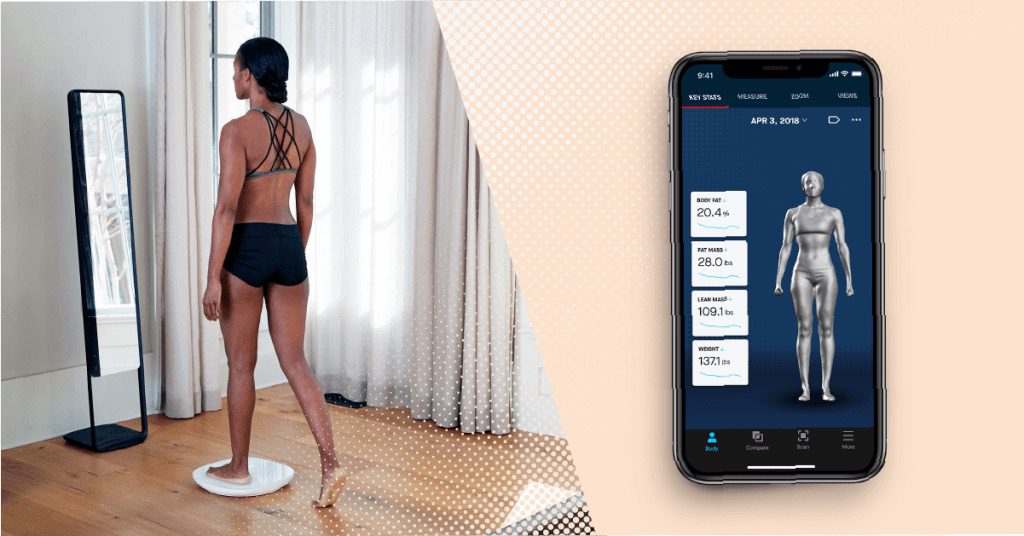 Fast scanning, which automatically converts the result into a finished 3D model, does not cause anxiety and negative emotions in a person. In addition, scanning significantly saves the time of making the prosthesis (no need to wait for the cast to harden), there is no risk of losing or breaking the cast. nine0005
Fast scanning, which automatically converts the result into a finished 3D model, does not cause anxiety and negative emotions in a person. In addition, scanning significantly saves the time of making the prosthesis (no need to wait for the cast to harden), there is no risk of losing or breaking the cast. nine0005
The process of metal 3D printing, namely Direct Metal Laser Sintering (DMLS) (Direct Metal Laser Sintering), allows the smallest particles of metal powder to be sintered together. This technique is ideal for mass production, and functional parts can be subsequently machined in the same way as cast parts.
The use of DMLS technology in the field of prosthetics allows you to make budget prostheses even with a very complex design, to design parts that were previously difficult to imagine in the era of mechanical technologies! nine0007 As for materials suitable for production using additive technologies, it is worth noting maragen steel, or, as it is also called, maraging steel. Due to its durability and strength, the use of maragen steel entails a reduction in the number of consumables, as well as labor costs and production time. But the machine production of products from such an alloy is very expensive due to the rapid wear of equipment.
Additive technologies also remove the usual limitations and constraints of manual design. The ability to create any number of functional 3D designs for each individual part of a future product opens up truly limitless possibilities. After all, in order to ensure maximum mobility of the product, a high-quality prosthesis should include many small parts with complex geometry. nine0005
Direct metal laser sintering allows you to print prefabricated parts piece by piece, eliminating fusion lines and seams that are often weak points and increase production costs. The bionic shapes and the continuous interaction of the parts of the prosthesis, close to the movements in the human body with maximum accuracy, improve the control of the prosthesis and make its use almost natural.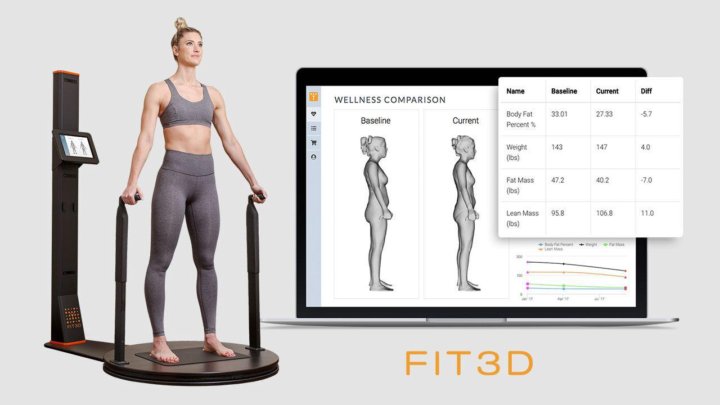
We used metal 3D printing to produce an active traction prosthetic hand. Initially, polyamide was used to print the prosthesis, however, during the subsequent operation of the prosthesis, its weak points were discovered: those parts of the prosthesis where the fingers are attached experienced too much stress. In this regard, it was decided to improve the prosthesis and replace parts that are most subject to wear. To do this, we decided to resort to metal 3D printing. nine0007 Direct Metal Laser Sintering (DLMS) technology was used to create parts for the parts of the prosthesis that are subjected to maximum loads - the connection of an artificial hand with fingers. For this product, we used StainlessSteel 316L (stainless steel), as its main advantage is the high resistance to corrosion, which is necessary for the hand prosthesis. Parts must not rust if water is spilled on them or briefly used underwater. The replacement of the material did not affect the weight of the prosthesis, since it is, in principle, quite light, and changes of several grams are not felt by the human body.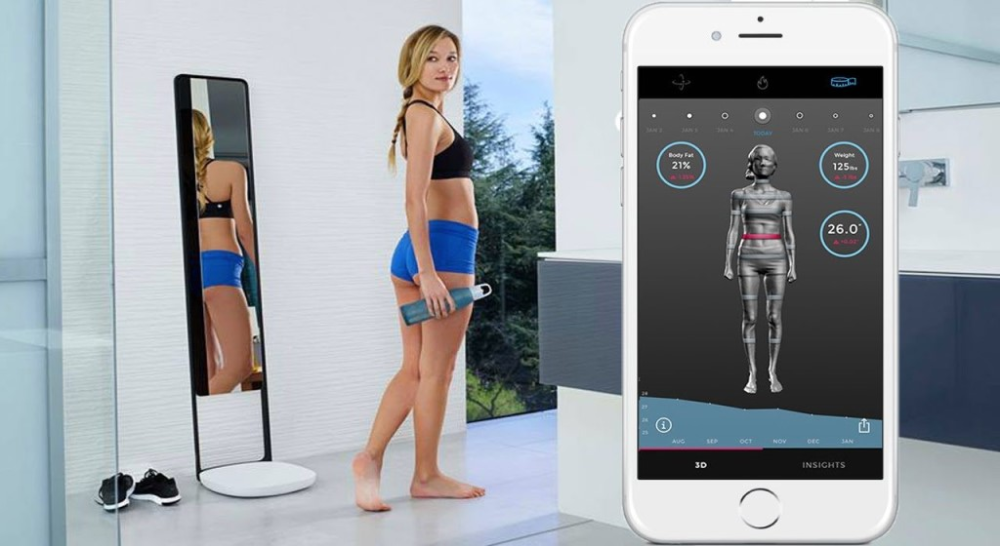 nine0005
nine0005
The evaluation of the result was carried out empirically - after all, these prostheses were installed for the most active "users", that is, children. After several installations of the prosthesis, the conviction came that the "innovation" took root, it was justified. In addition, after testing in laboratory conditions, it became clear that now the prosthesis is almost impossible to break.
3D printing has established itself in the field of prosthetics due to its cost-effectiveness, high precision and speed of production. However, this is not all the reasons for its prospects! Firstly, the prosthesis can be made not only entirely from steel, but also from completely different materials that will meet the needs of the patient. Secondly, metal 3D printing allows you to make micro-slits and lattice structures in parts, due to which the weight of the product can be significantly reduced, while the functionality will be preserved. Thirdly, a hand-made prosthesis sleeve often causes discomfort to the patient - it can rub, dig in, it does not breathe.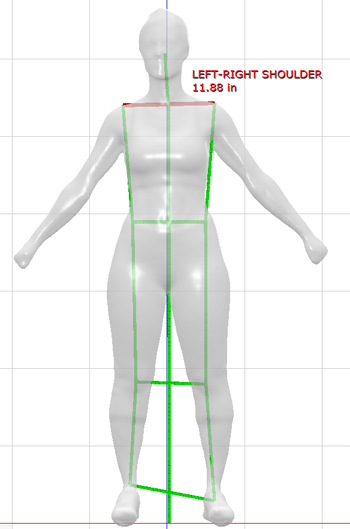 This problem is one of the most serious, but there will soon be
This problem is one of the most serious, but there will soon be
decision.
Now all over the world, in addition to developments in the field of exoprosthetics, that is, the manufacture of removable external prostheses, active research is also being conducted at the junction of prosthetics and surgical intervention - in endoprosthetics. For several years now, the possibility of implanting a sleeve of a prosthetic limb into the patient's bone has been studied. The implant will pass through the skin and be inserted directly into the bone, thus the sleeve will be the only static part permanently connected to the body, while the rest of the prosthesis can be detached if necessary. nine0005
This “embedding” provides a more natural connection between the prosthesis and the patient's body, allowing better control of movement and eliminating the discomfort and pain associated with a conventional prosthesis that rubs against the skin and soft tissues.
Also, the use of a "built-in" prosthesis suggests a greater sensory response when interacting with surrounding objects.



